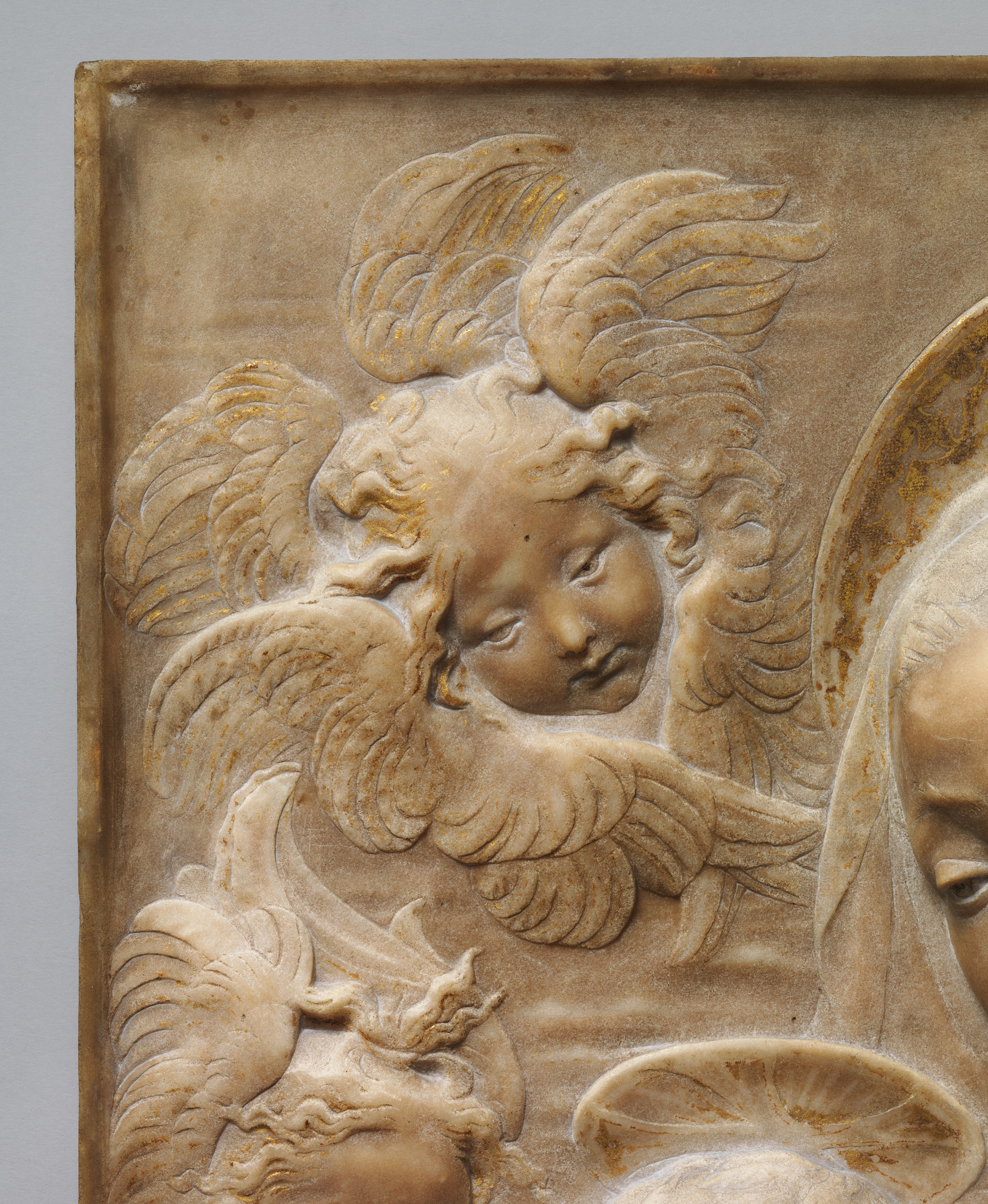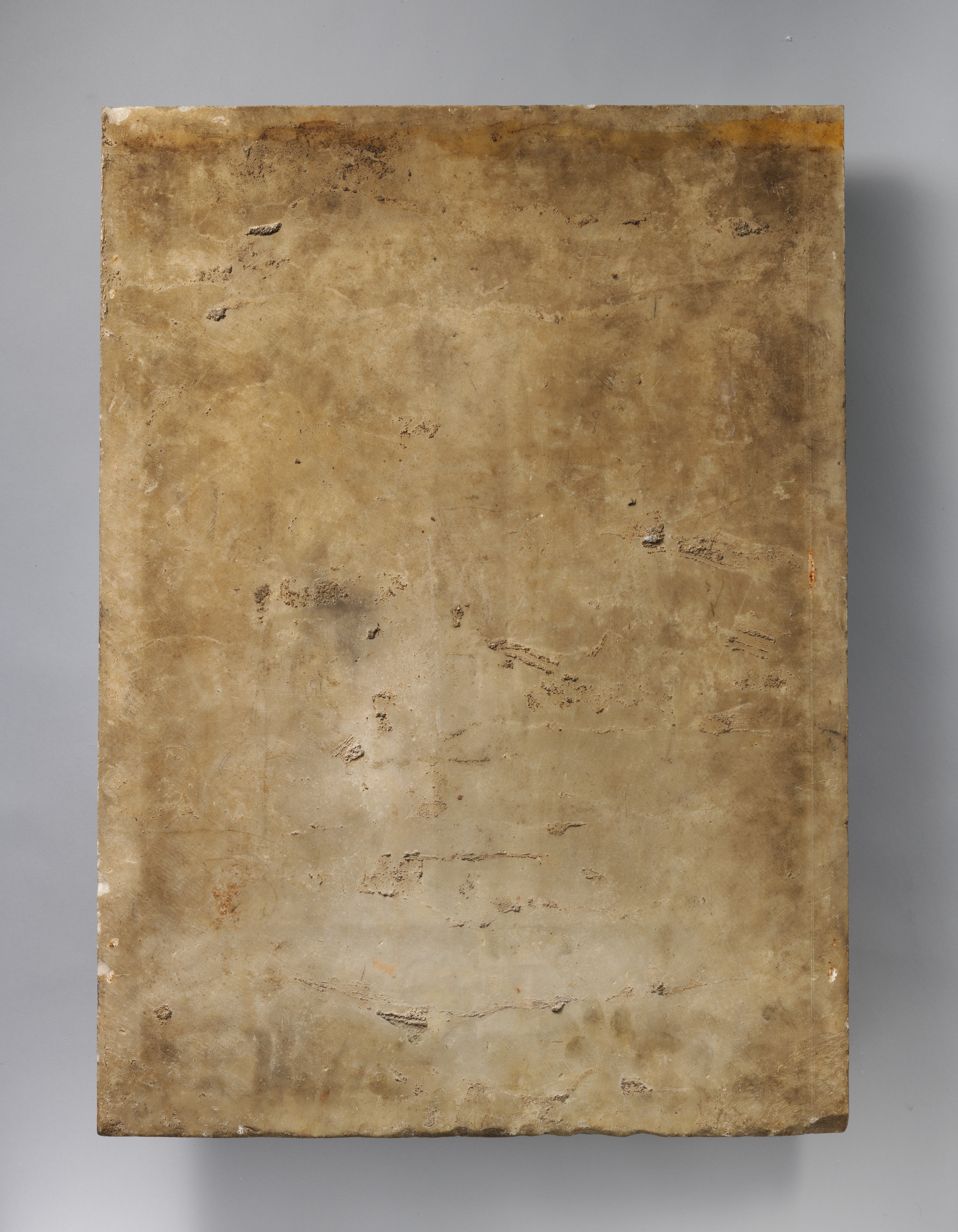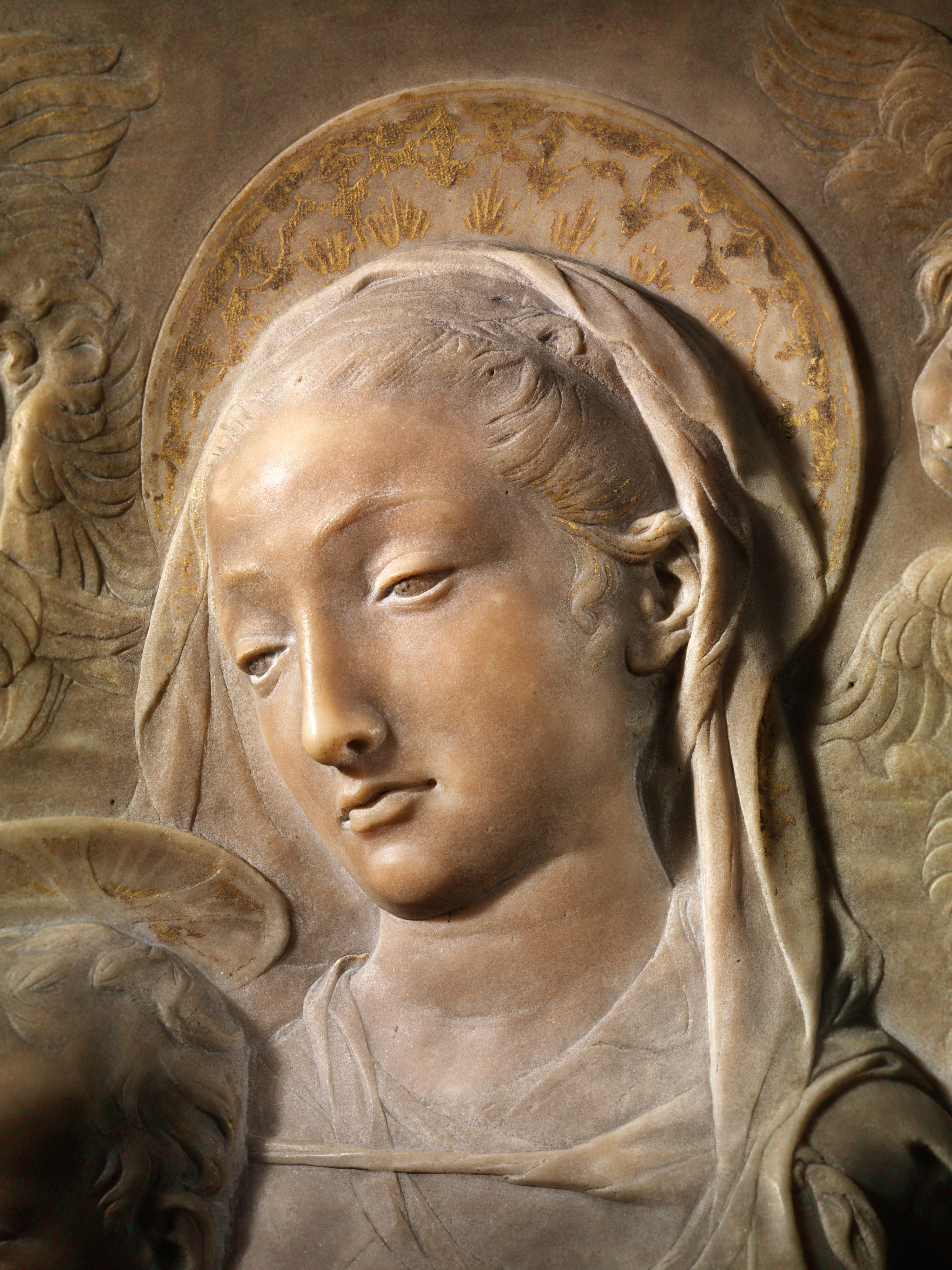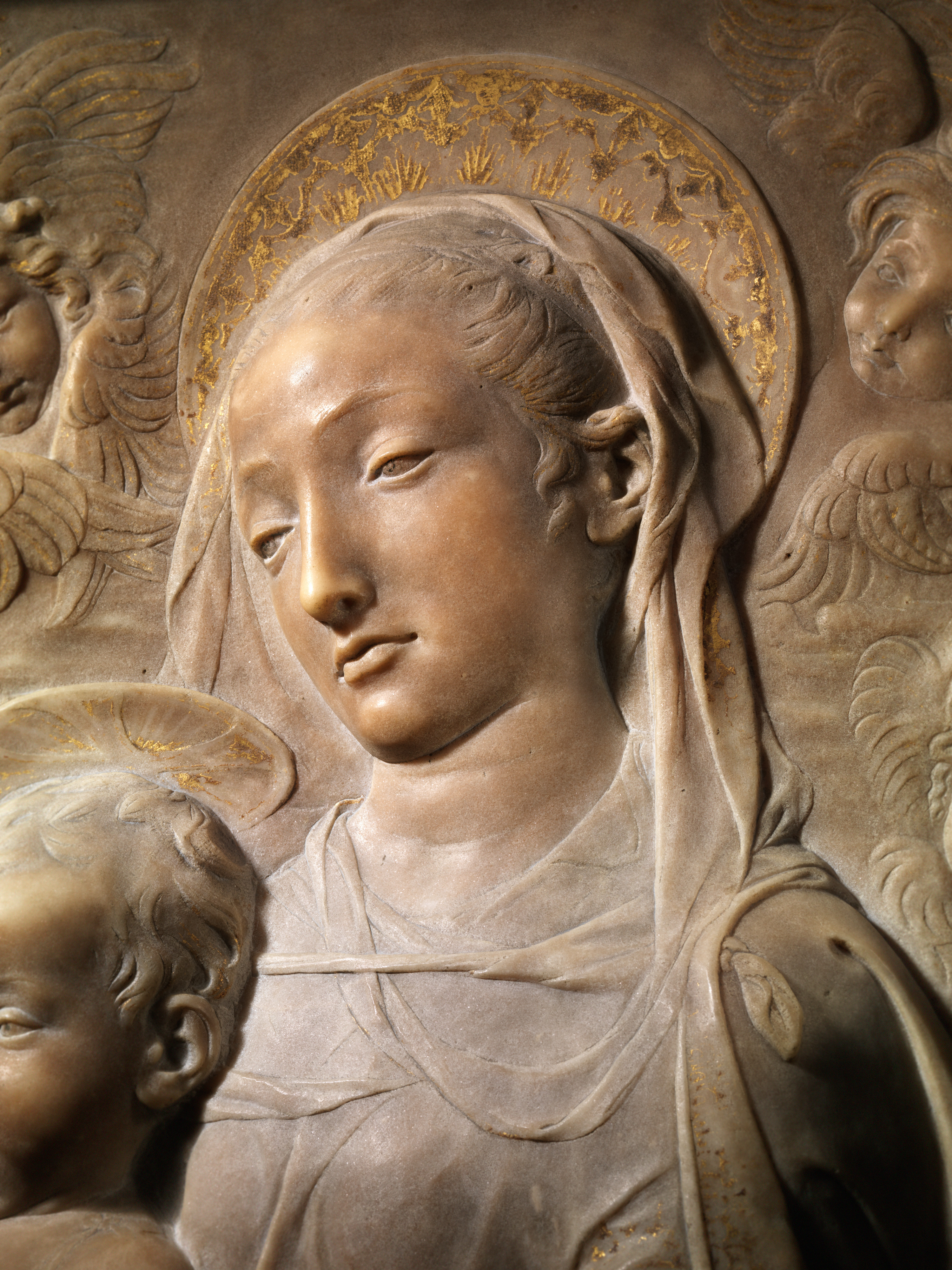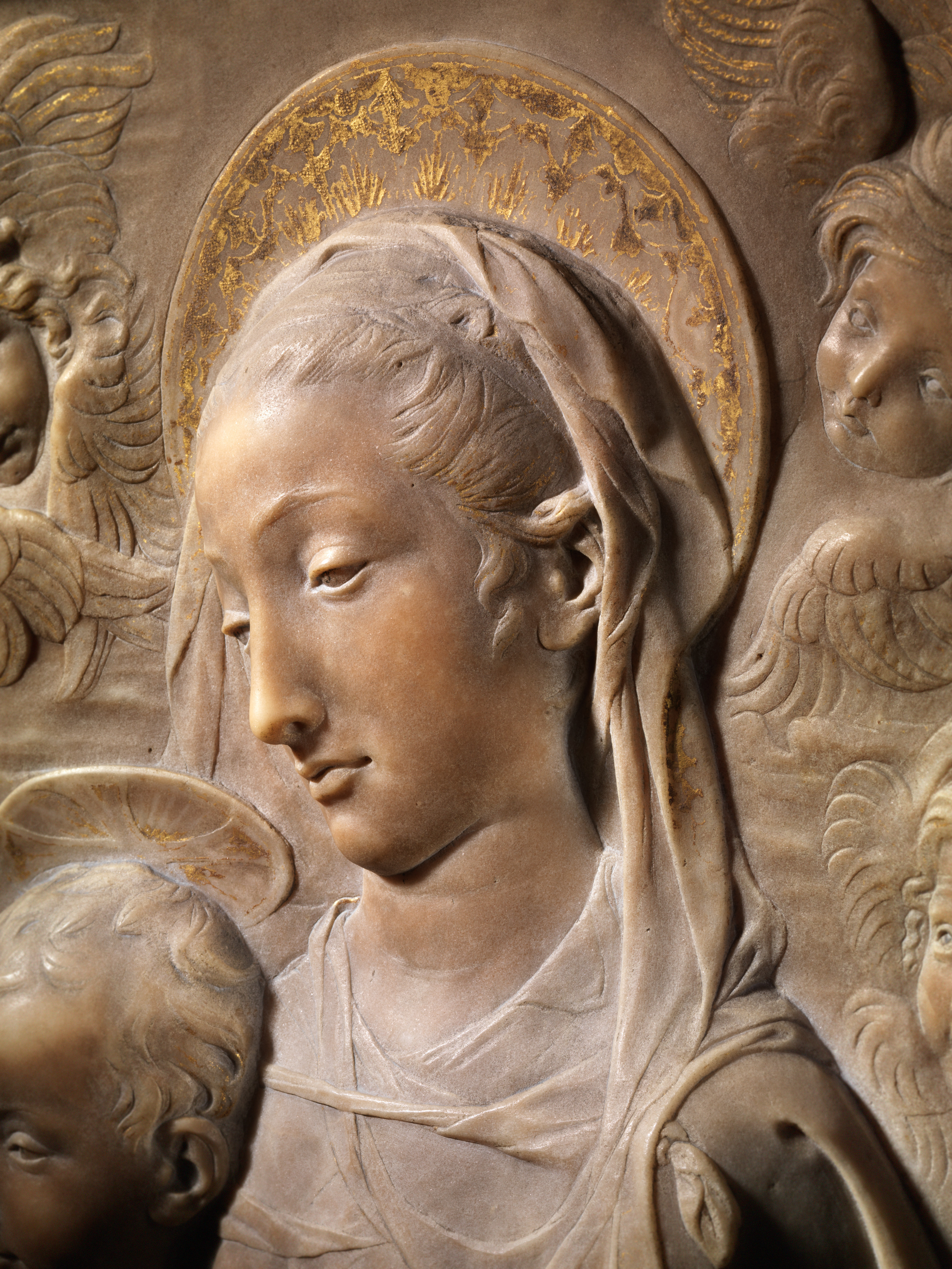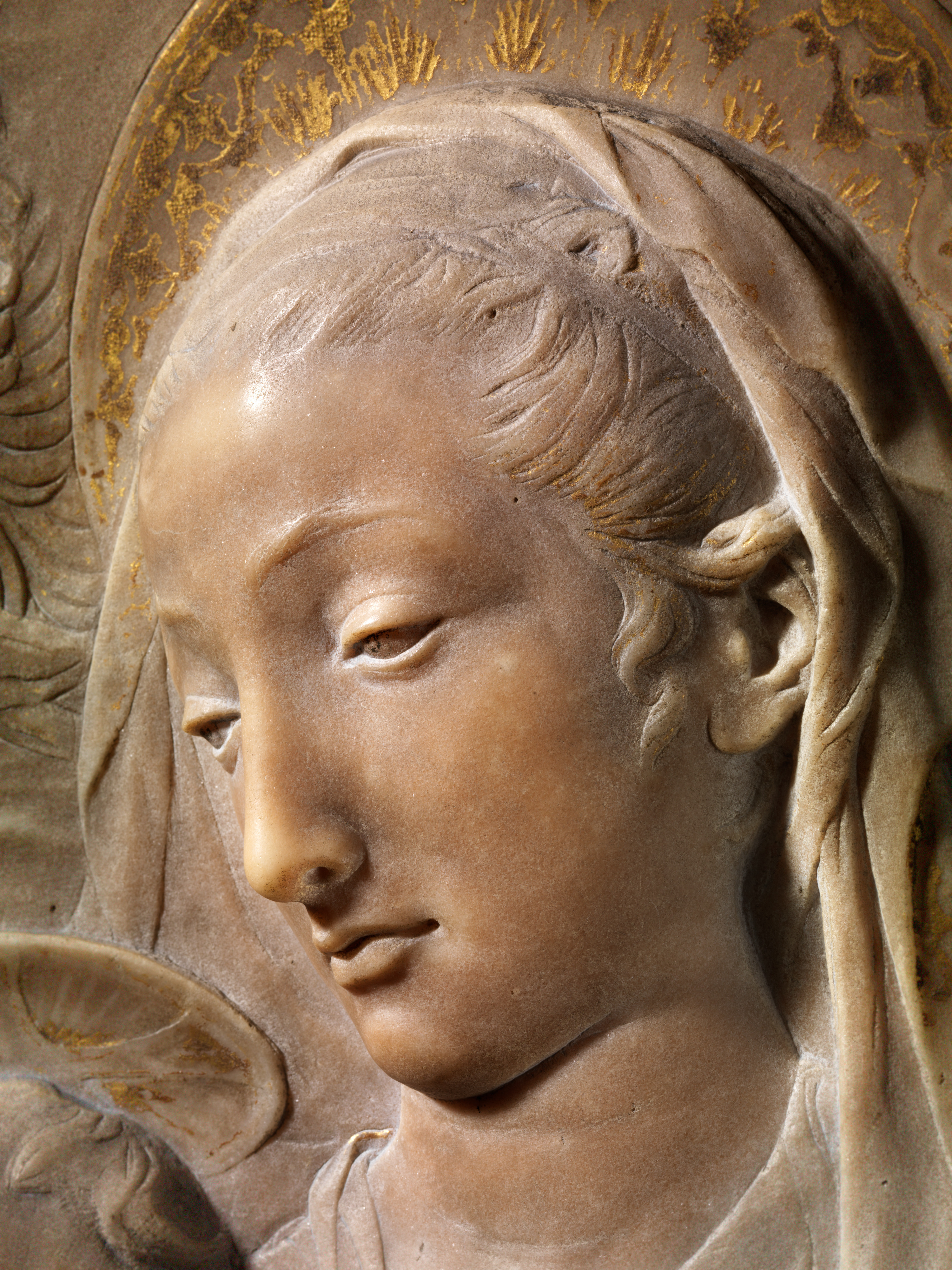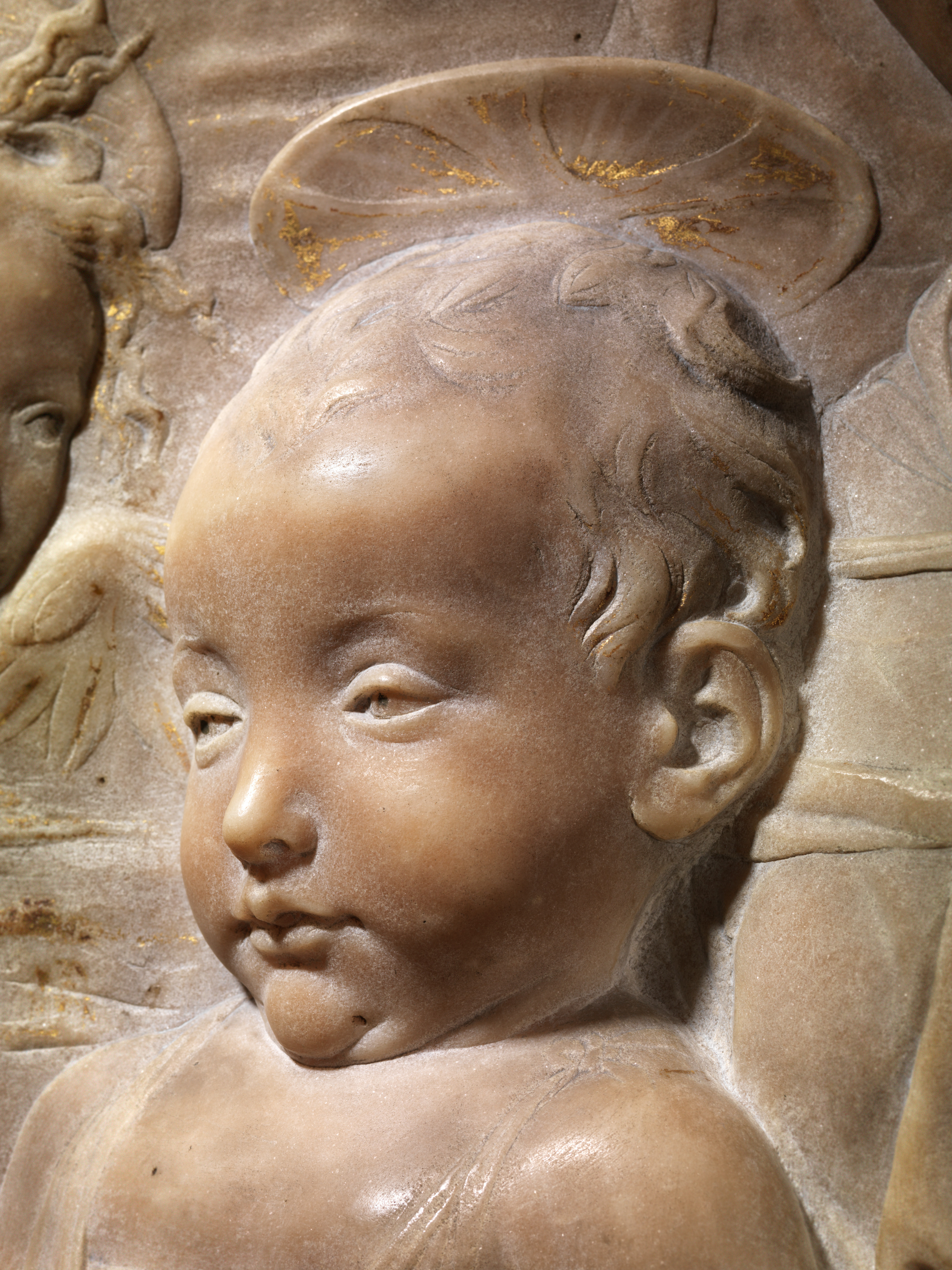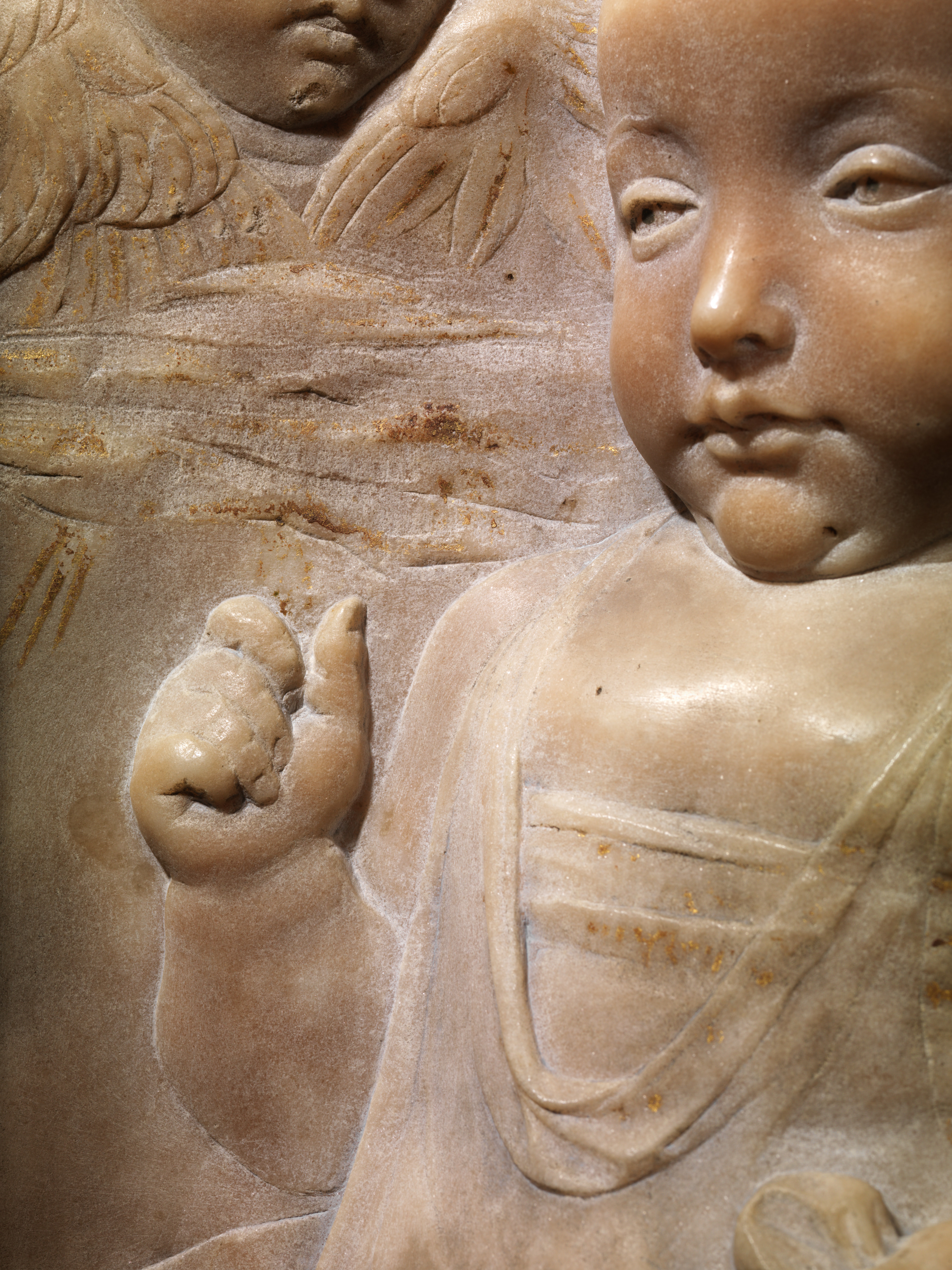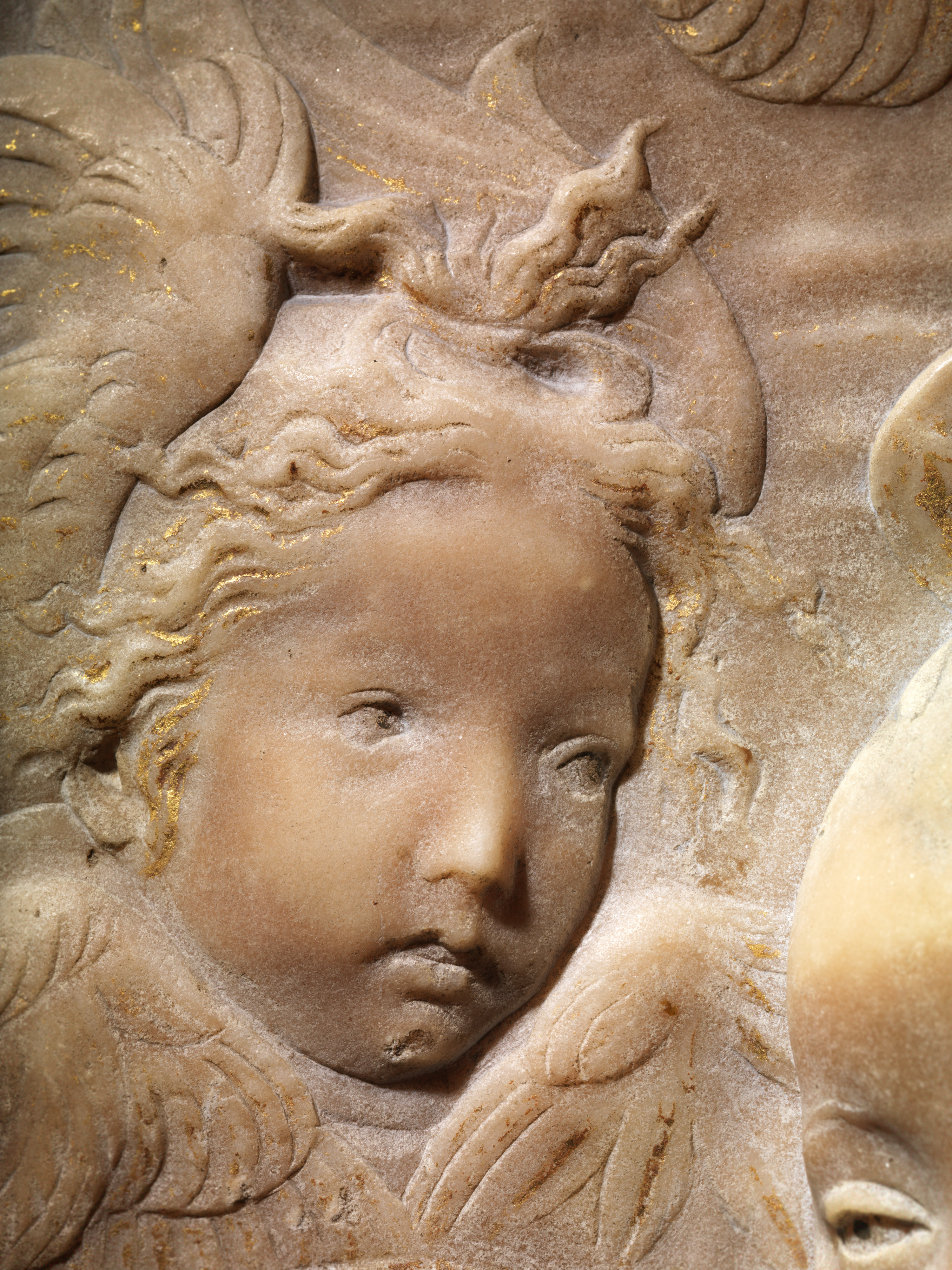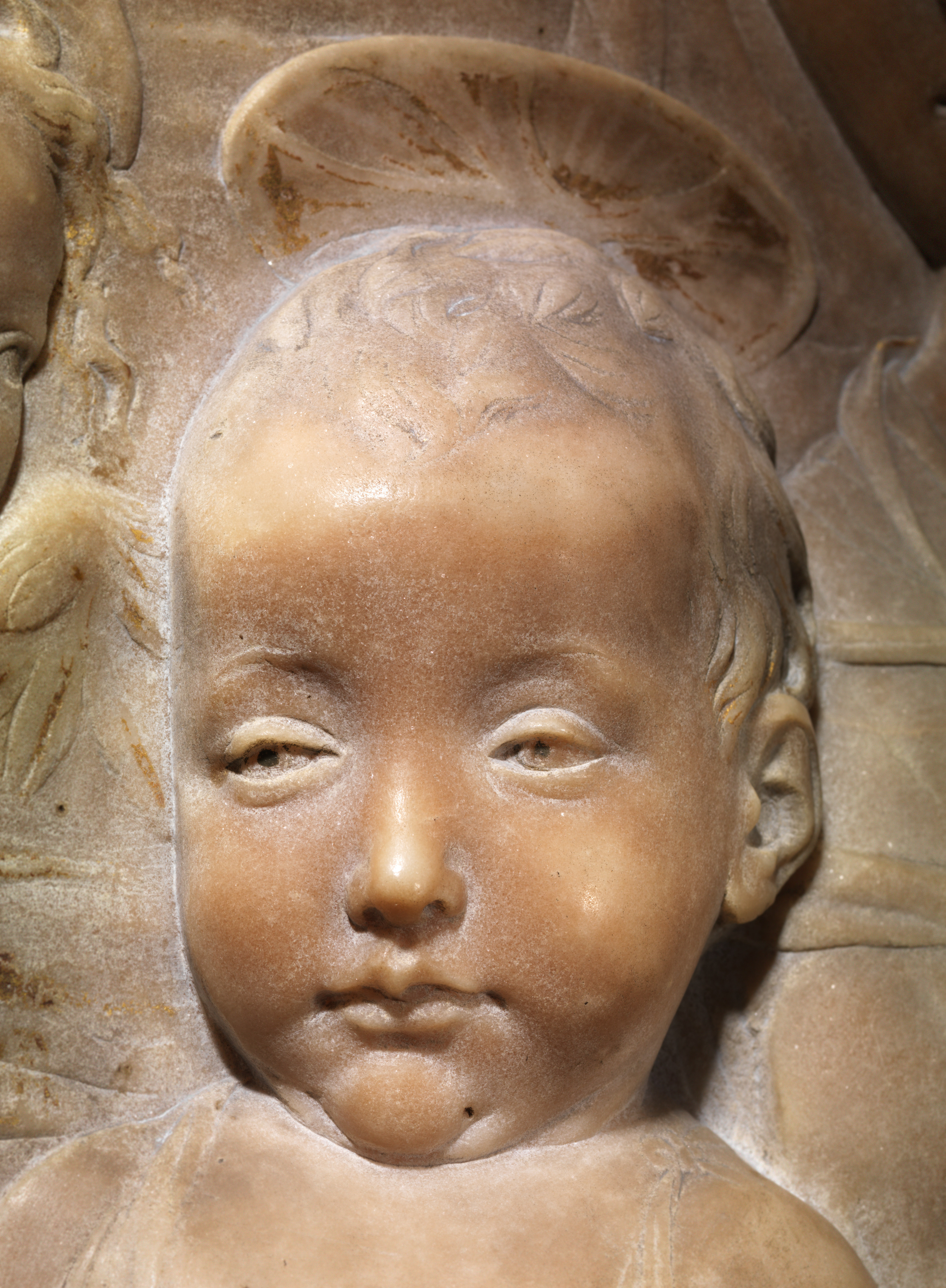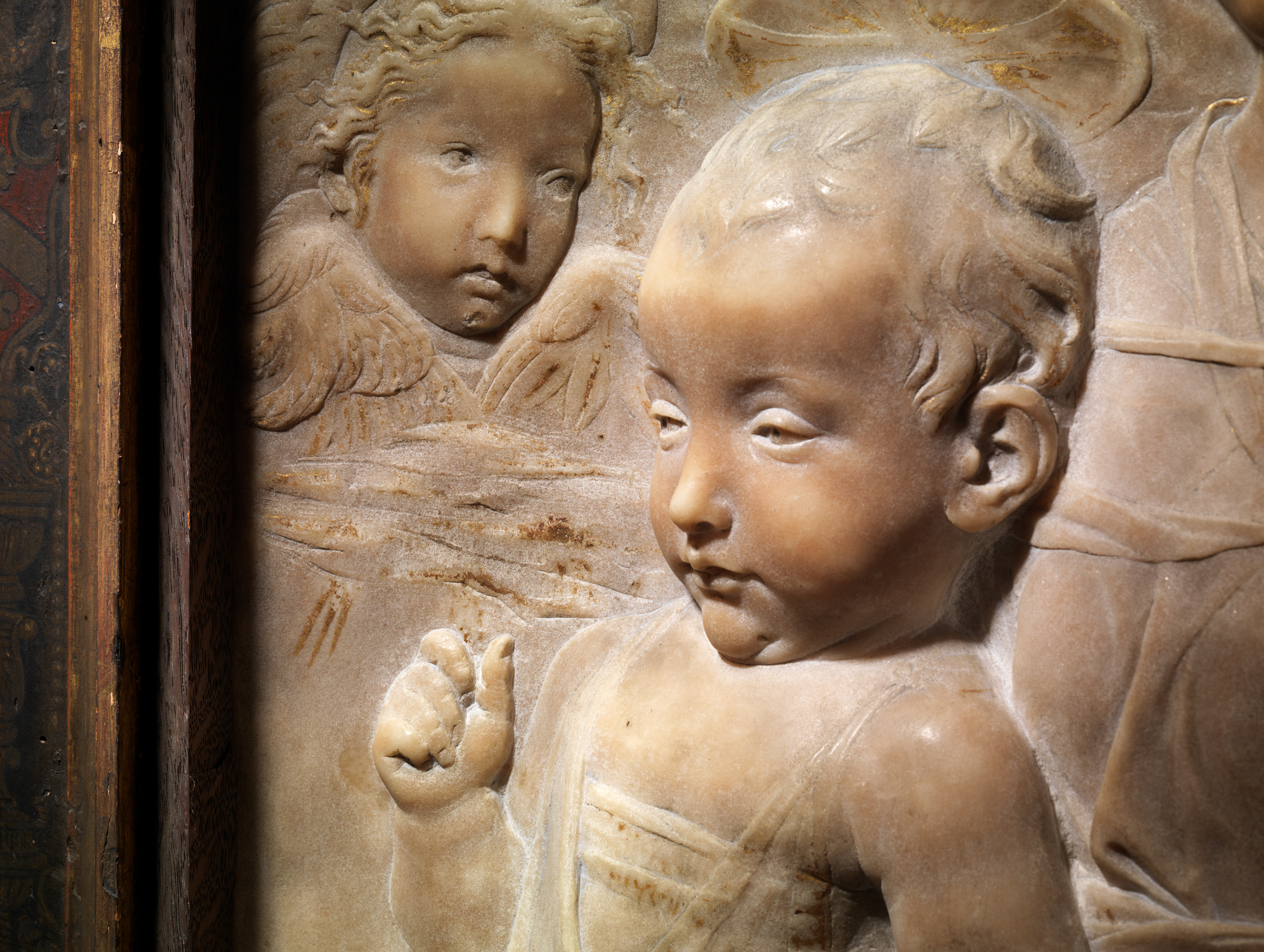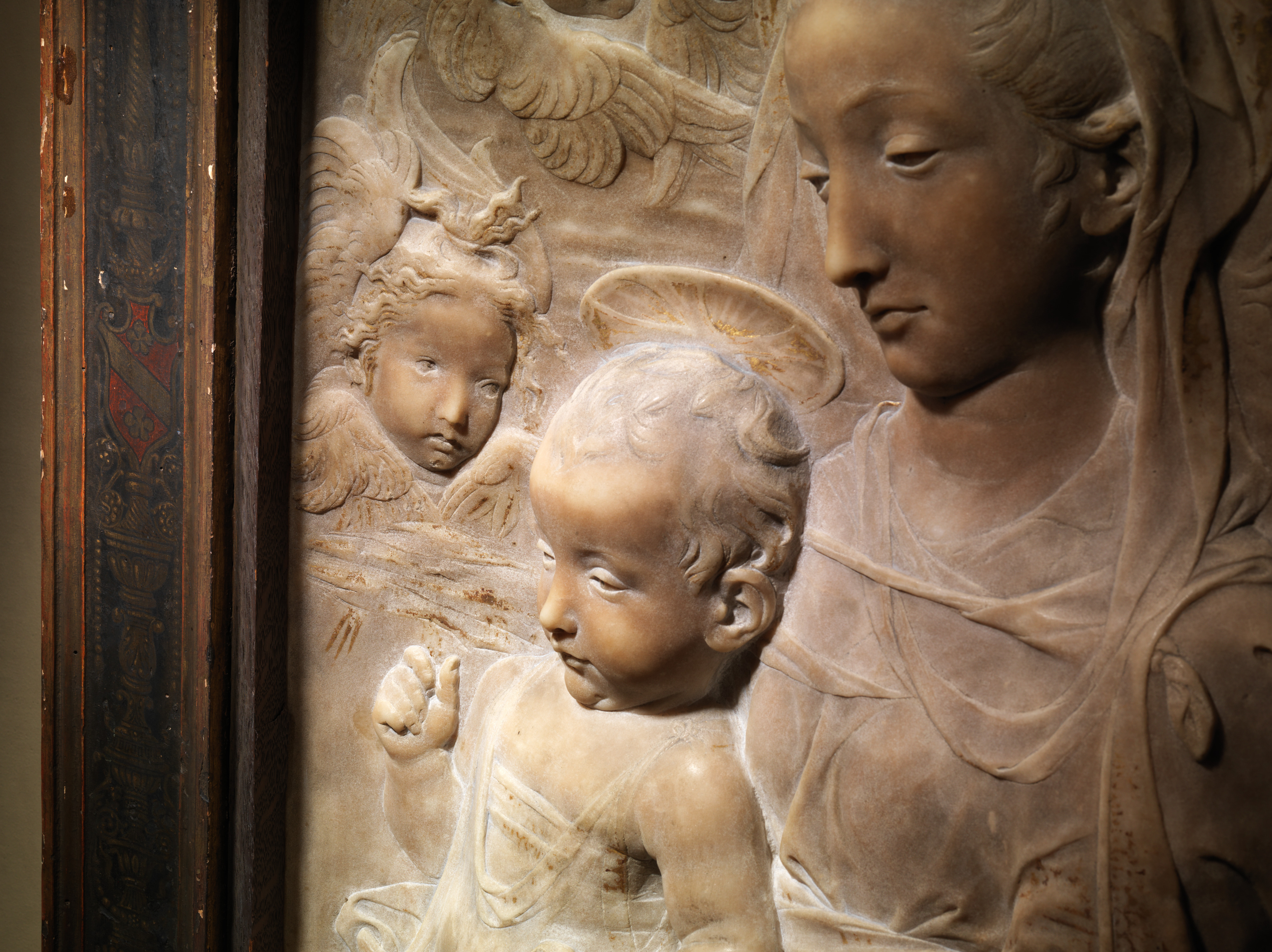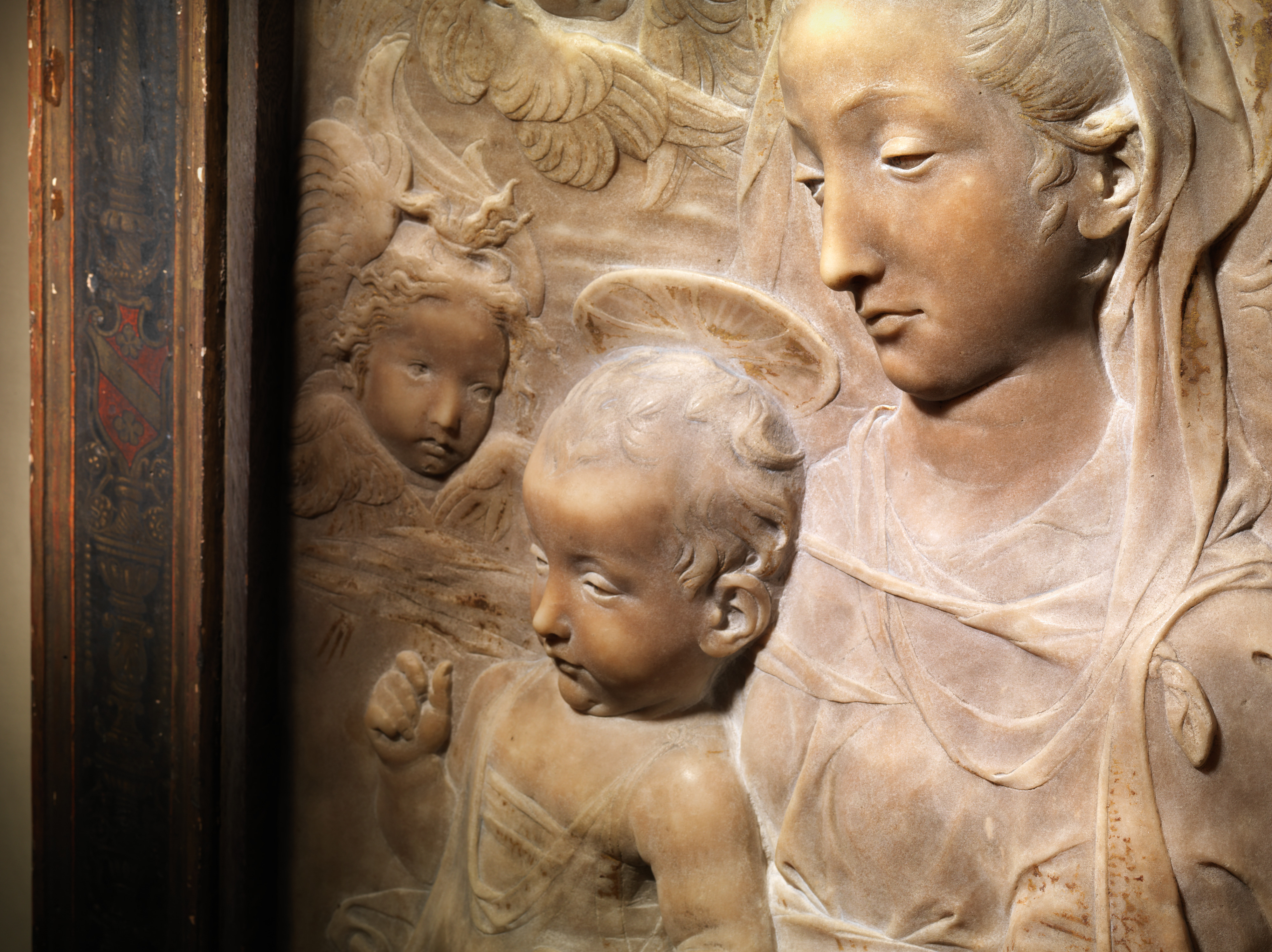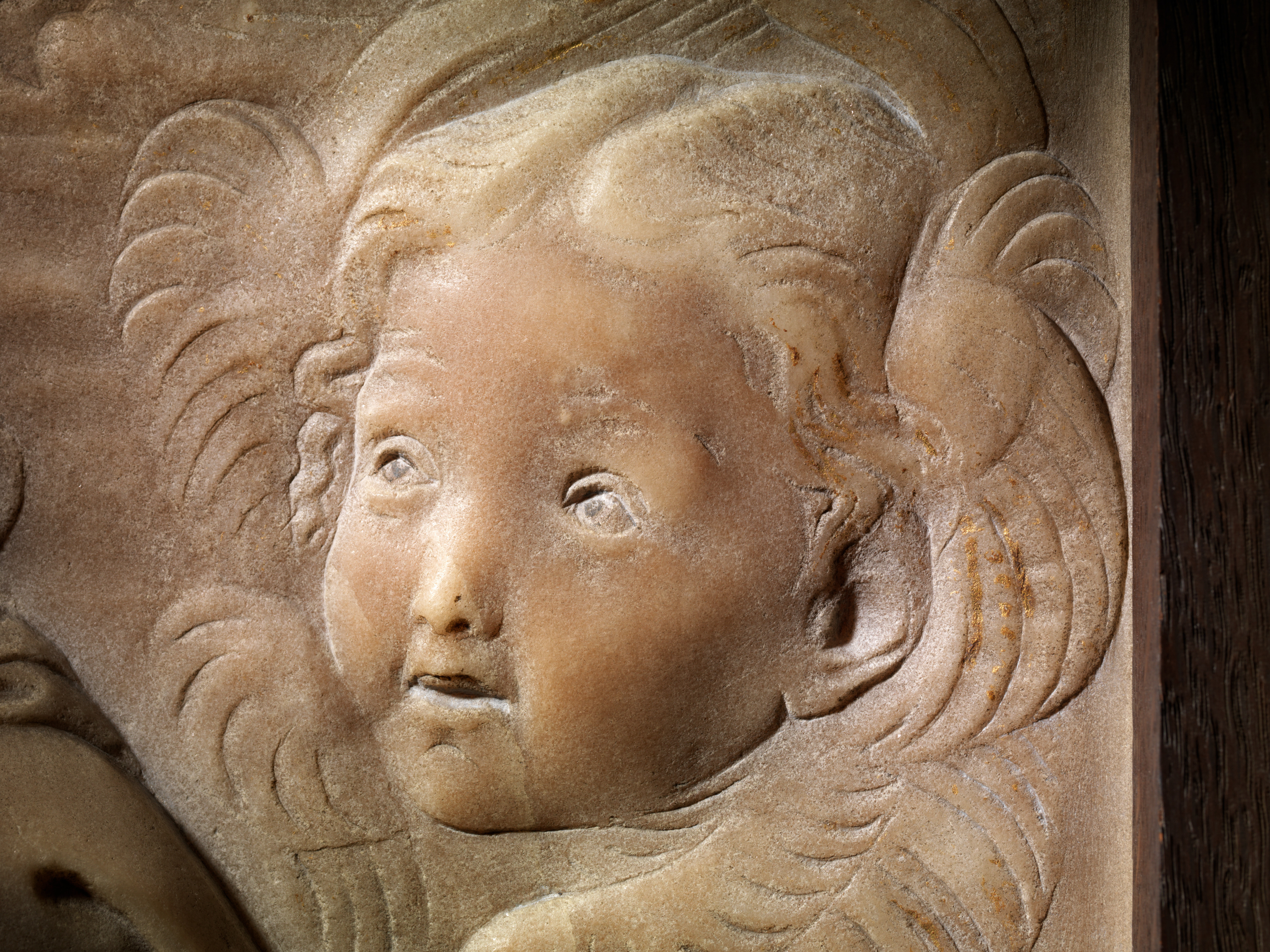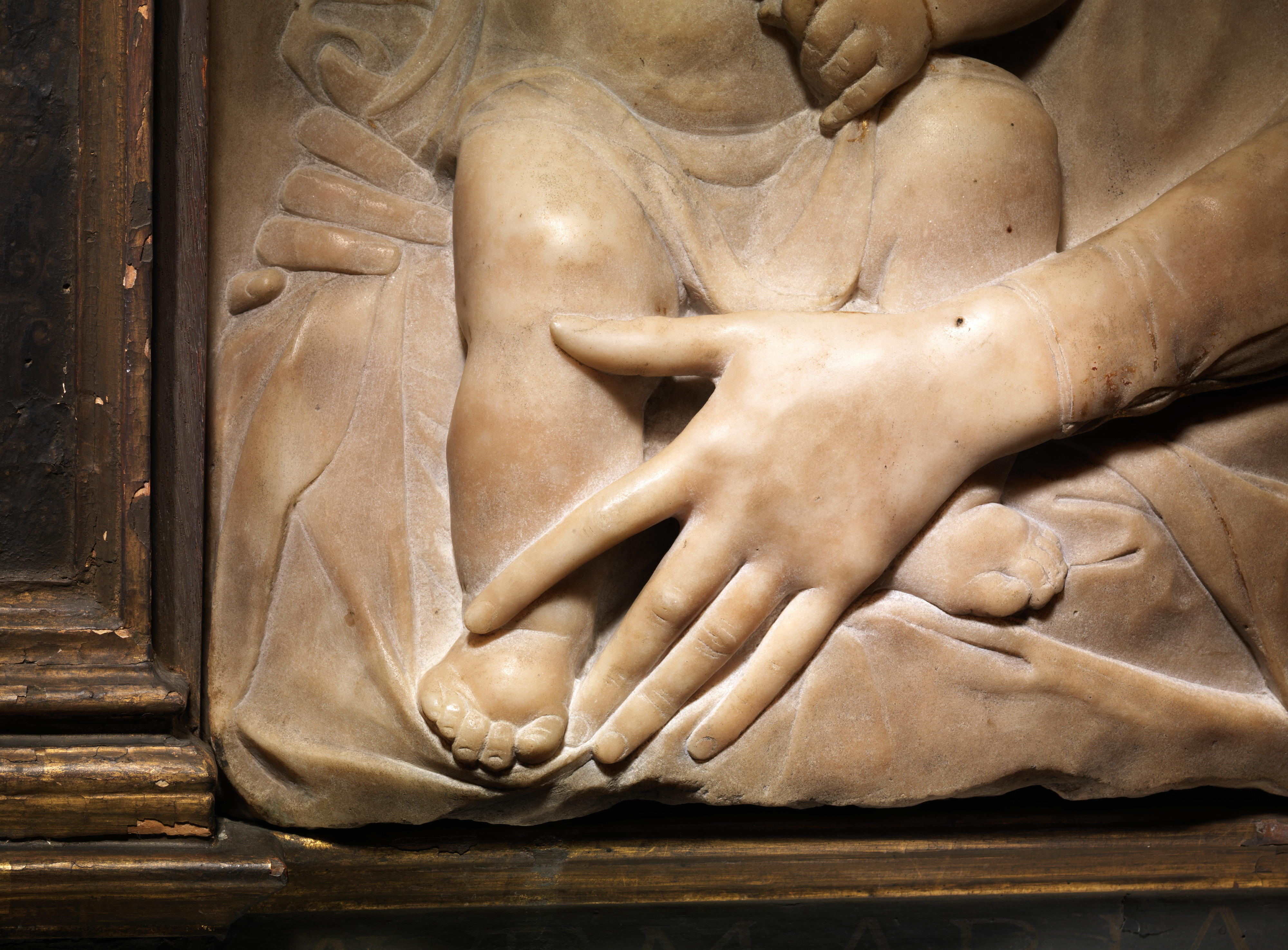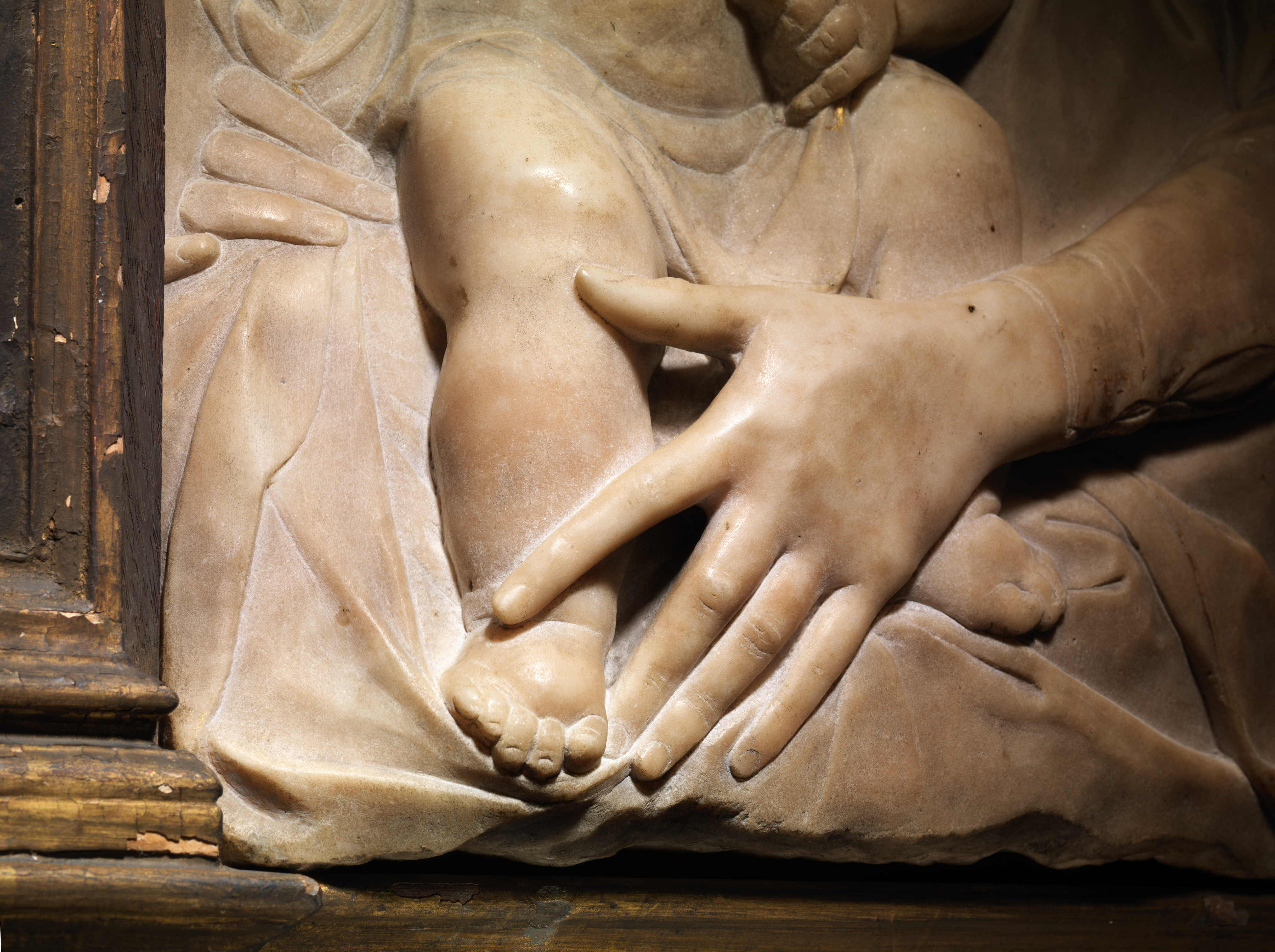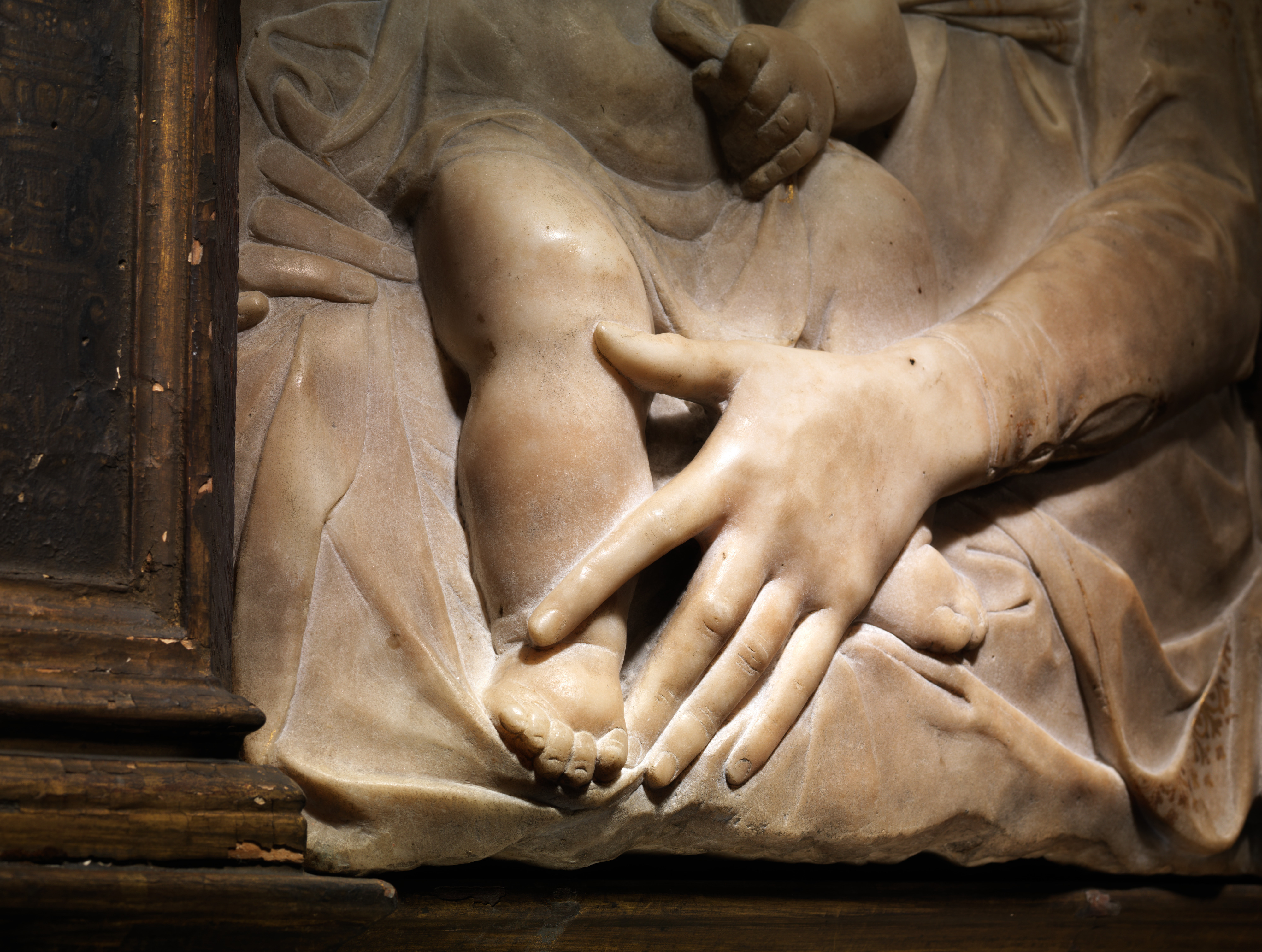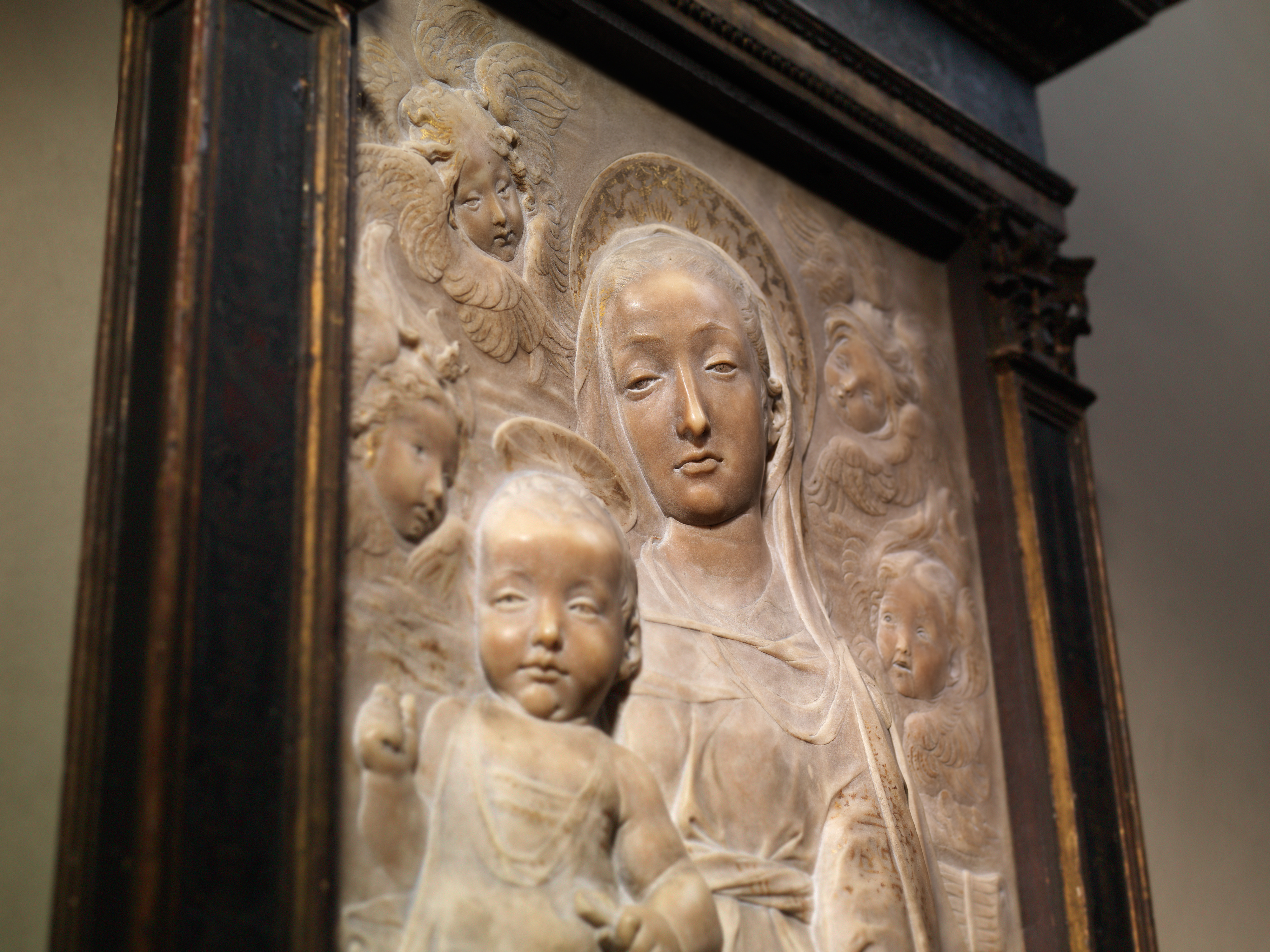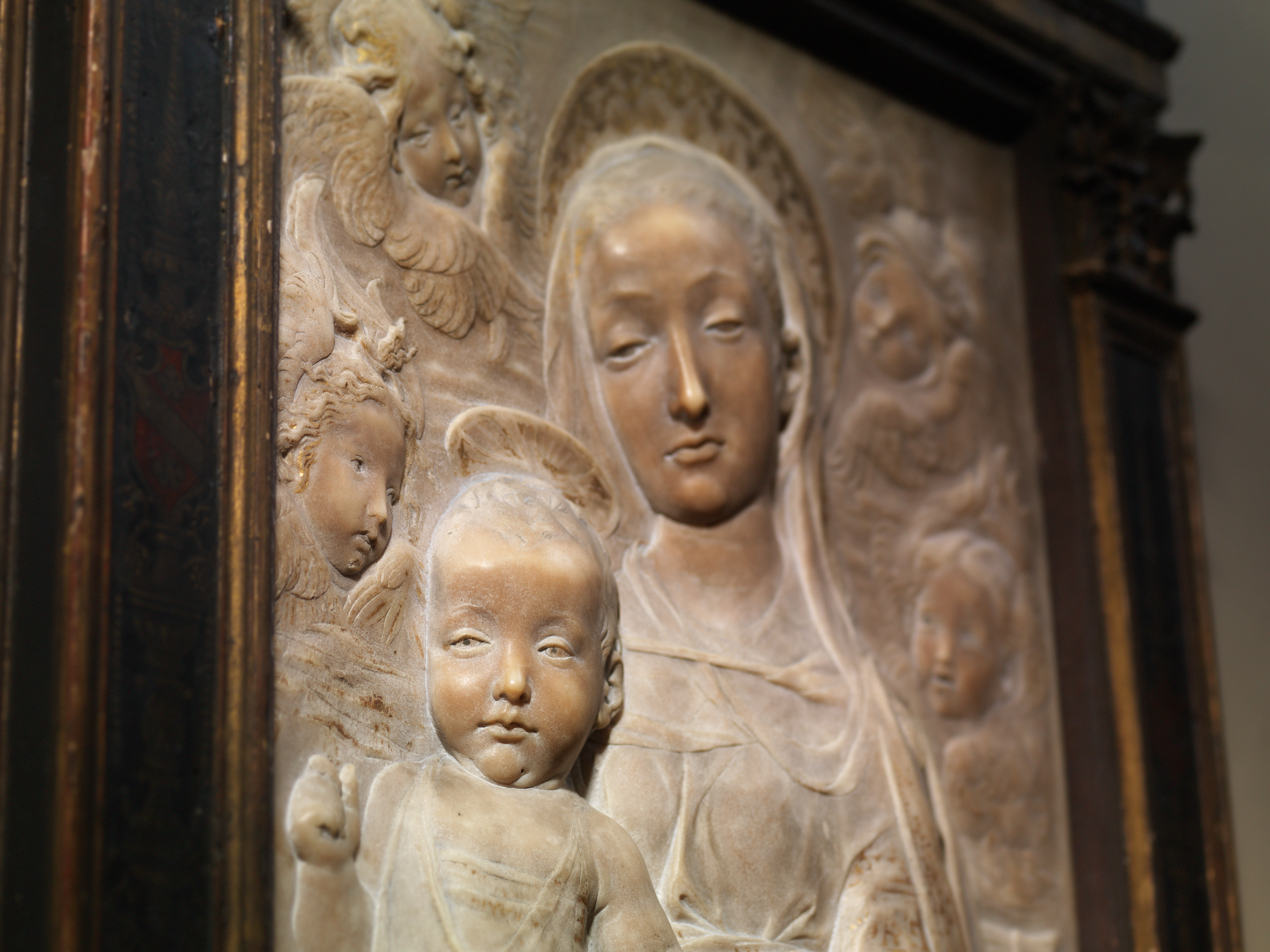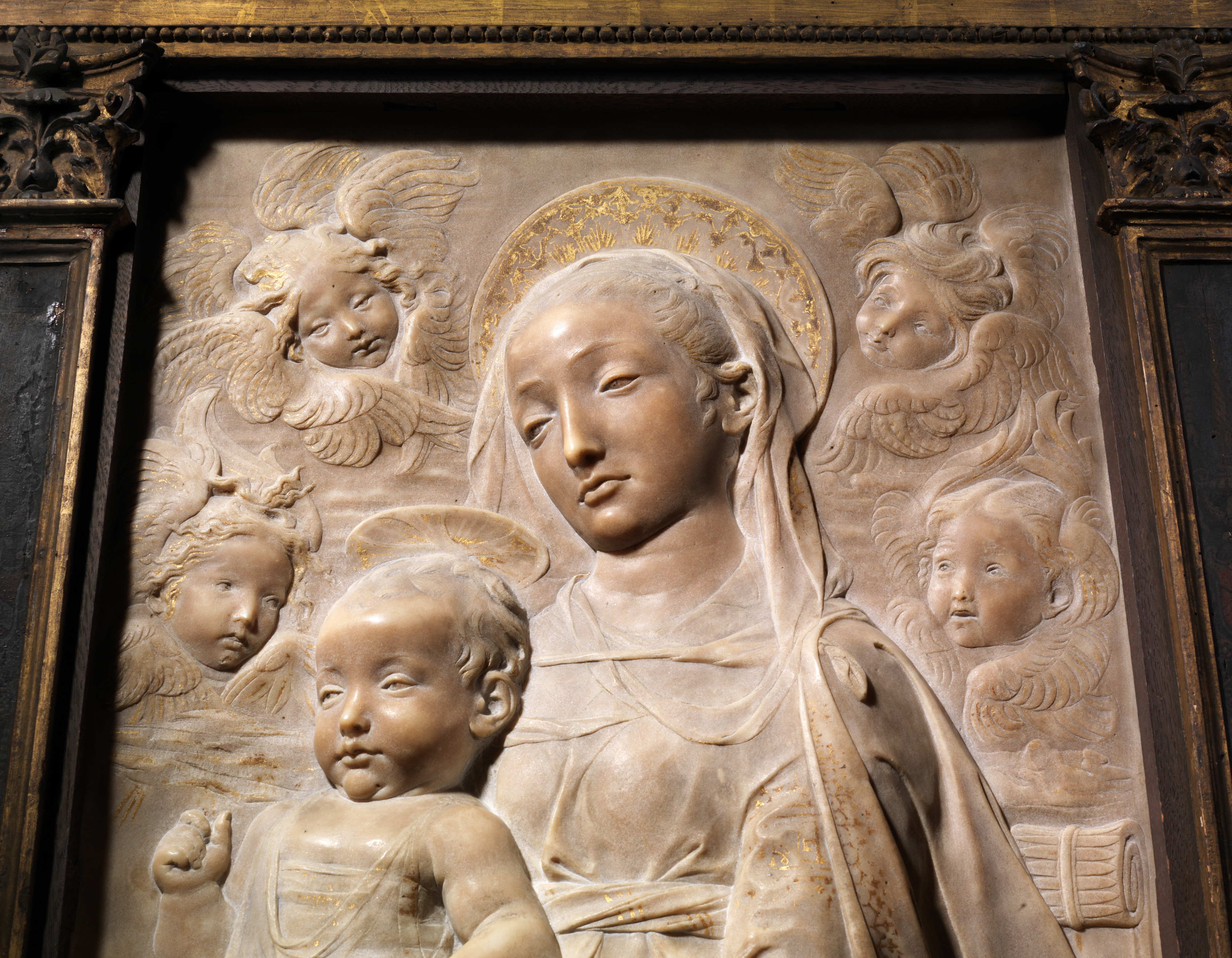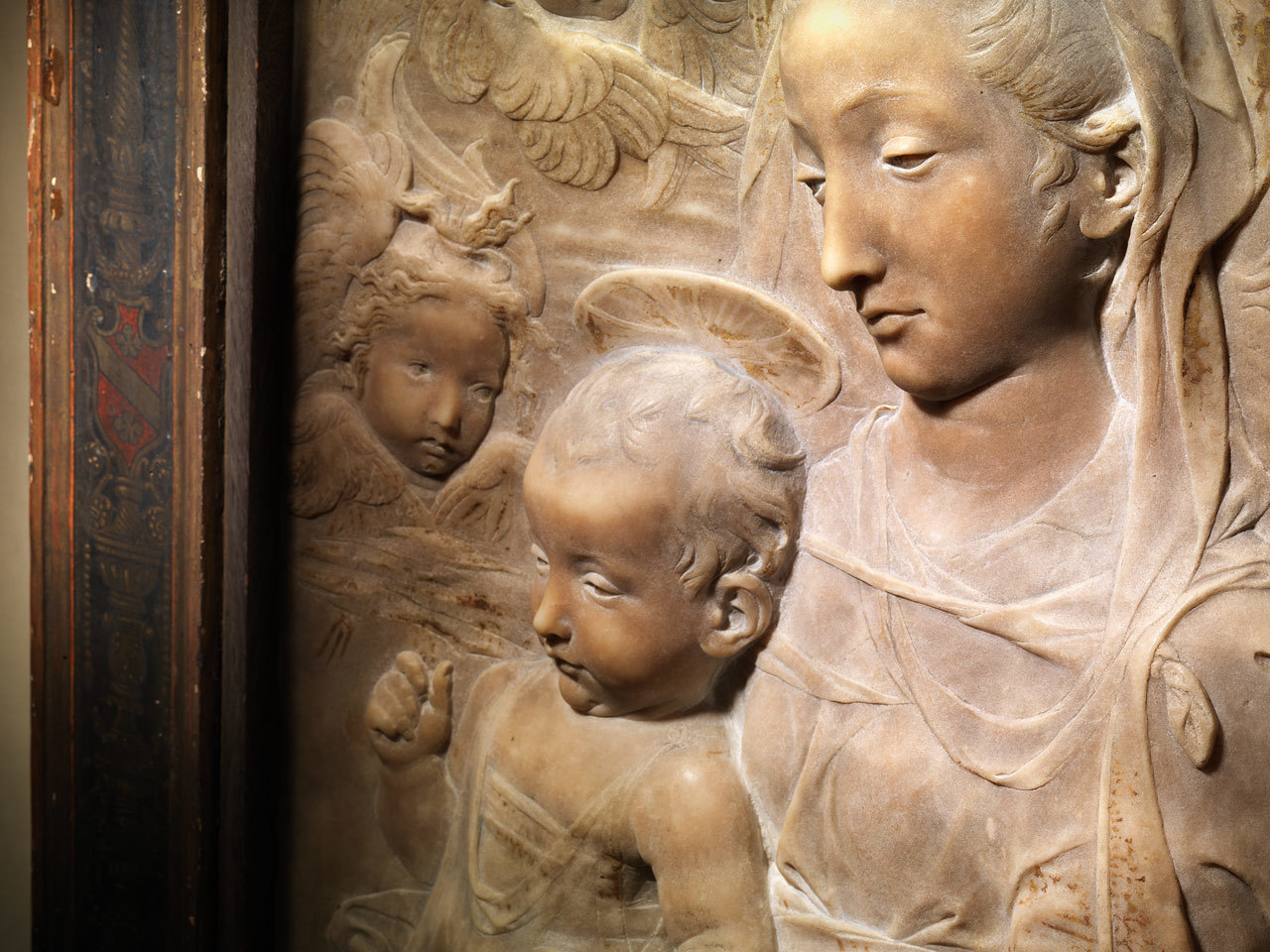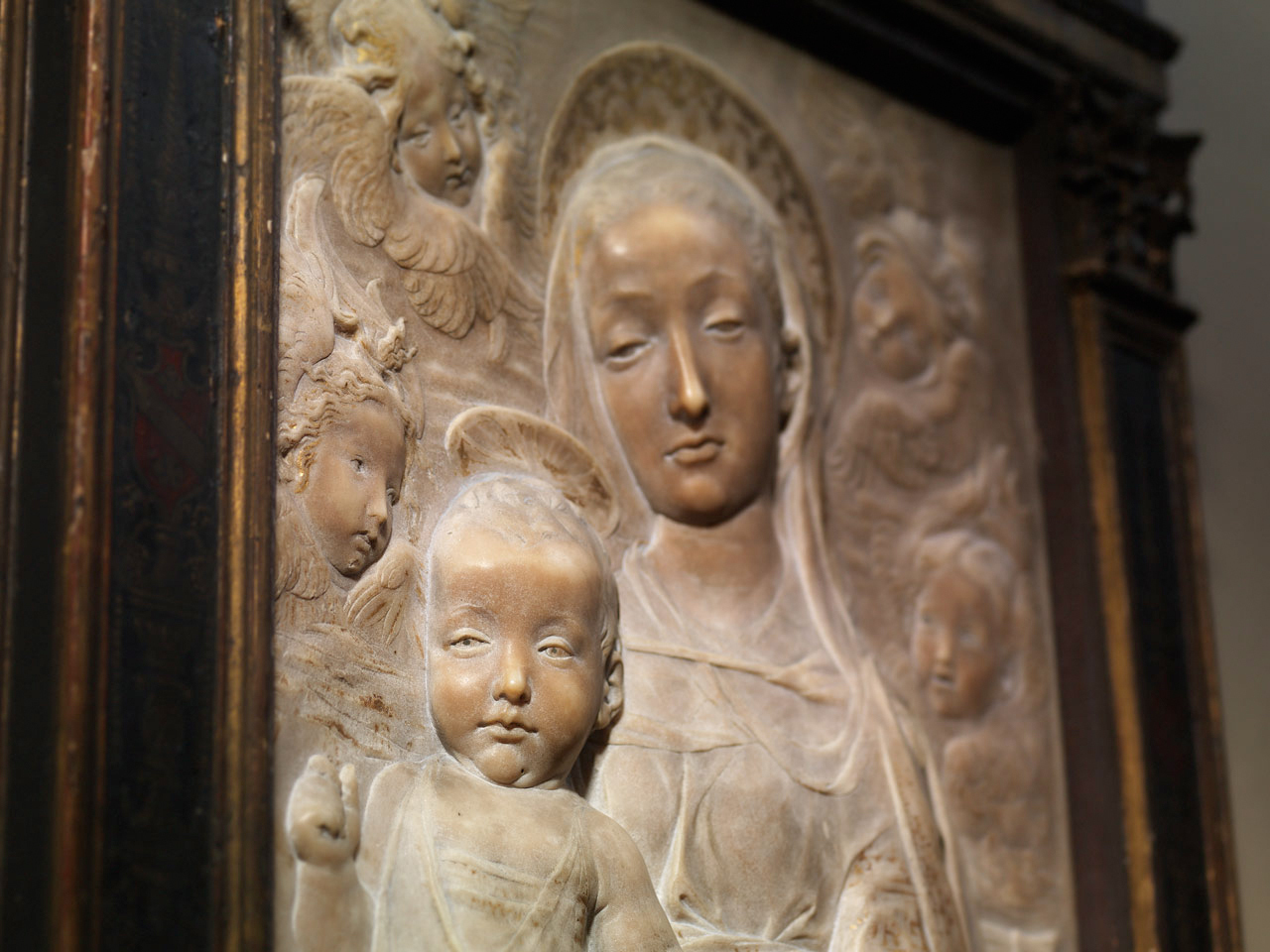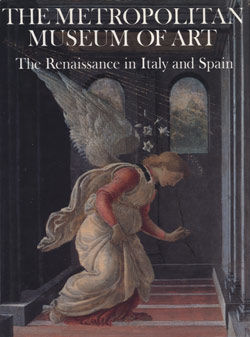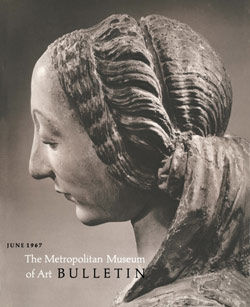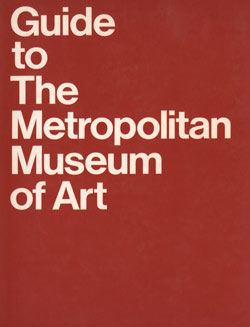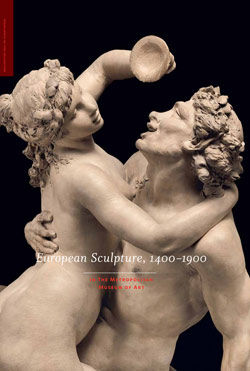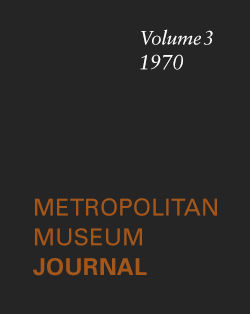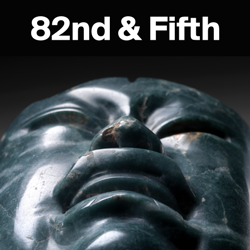Madonna and Child with Angels
Antonio Rossellino Italian
Italian fifteenth-century marble reliefs of the madonna and Child were highly esteemed by New York collectors in the first half of the twentieth century, and many were given to the Museum. Of these, the Altman Madonna by Antonio Rossellino is arguably the finest. The strong composition, subtle carving, and partial gilding distinguish it among Rossellino reliefs in American collections.
Florentine sculptors of Antonio’s generation—including his older brother Bernardo, as well as Desiderio da Settignano and Mino da Fiesole, who trained alongside Antonio in Bernardo’s workshop—refined and varied the format of this revered and popular subject. For example, the Madonna’s three-quarters pose, seated in a throne with her left arm extended across the panel, is very close to the pose of the Virgin in Antonio’s probably earlier relief in the Morgan Library and Museum, New York, yet the effect is very different.[1] In the Morgan Museum’s work the Christ Child nestled in the Virgin’s right arm faces across her body, one foot resting on her left wrist. In the Altman relief the child faces in the same direction as his mother, and his body twists dynamically to follow his gaze. The toddler’s pose is awkward but energetic and independent, necessitating the maternal and protective gesture that restrains him. In 1970 John Pope-Hennessy noted other devices that make this relief so successful: the chair arm juts forward to position the Virgin in space; the asymmetry of three cherubim heads in the Morgan relief resolves here into the symmetry of four heads, which plays effectively off the angled poses of the principal figures; and the Virgin’s left hand, splayed flat in the Morgan relief, is fully three-dimensional and turns in space.[2] One of Rossellino’s great accomplishments in the Altman Madonna is his handling of drapery: both Christ and his mother are clothed in transparent garments over thick ones—the Child’s tight swaddling can be seen through his light tunic, and the Virgin’s veil trails down from her headdress over her mantle. The sculptor twisted her belt so that it pinches the mantle precisely where one would expect it to. The complex pattern of pleats reflects the shape of her body, and the drapery lying over the chair rail places her in space. Patterns painted in gold on her garments and halo pick out edges and enliven surfaces.
The attribution of the Museum’s relief to Antonio Rossellino originated in 1897 with the German art historian Wilhelm von Bode, and it has been nearly universally accepted.[3] Pope-Hennessy dated the relief to 1455–60 by relating it to works that are documented or whose date is inferred. He thought that Rossellino’s bust of Giovanni Chellini (dated 1456) in the Victoria and Albert Museum, London, his statue of Saint Sebastian in the Museum of the Collegiate, Empoli (whose date, he argues, is about 1460), and the present work were all carved from the same stone; however, it seems more likely that their mottled appearance is attributable to cleaning with oil in the modern era.[4]. His argument that the flesh and hair of the Museum’s Madonna are close to Chellini’s is not especially convincing, but the connection he saw between the ambiguous stance of the Christ Child and of Saint Sebastian seems entirely valid. He confidently placed the Museum’s relief in Rossellino’s early period because after the artist completed his most famous commission, the tomb of the cardinal of Portugal at the church of San Miniato al Monte in Florence (1461–66), his work took a new direction and his development is better charted.[5] Rossellino’s ambitious, if not completely resolved, posing of the child suggests the exploratory attitude seen in two known early reliefs. Other relief compositions, as Pope-Hennessy notes, depend on formulas developed in those early works.[6]
[Ian Wardropper. European Sculpture, 1400–1900, In the Metropolitan Museum of Art. New York, 2011, no. 2, pp. 13–15.]
Footnotes:
1. On the Morgan Museum relief, Madonna and Child with Cherubim, see Heinz Gottschalk. Antonio Rossellino. Liegnitz, 1930, p. 42; Leo Planiscig. Bernardo und Antonio Rossellino. Sammlung Schroll. Vienna, 1942, p. 54. There is a polychromed stucco copy by Rossellino of the Morgan marble in the Metropolitan Museum (Bequest of George Blumenthal, acc. no.41.190.40).
2. John Pope-Hennessy. "The Altman Madonna by Antonio Rossellino." MMJ 3 (1970), pp. 133–48.
3. Wilhelm von Bode. Die Sammlung Oscar Hainauer. Berlin, 1897, pp. 9, 61, no. 6 (sculpture), ill. p. 8.
4. See John Pope-Hennessy, with Ronald Lightbown. Catalogue of Italian Sculpture in the Victoria and Albert Museum. 3 vols. London, 1964, vol. 1, pp. 124–26, no. 103, for the Chellini bust. See Pope-Hennessy 1970, pp. 137–41, for the dating of Saint Sebastian and for previous literature. Pope-Hennessy’s early dating of the statue remains controversial; see Shelley E. Zuraw. "Rossellino [Gambrelli]. 2: Antonio Rossellino." In The Dictionary of Art, edited by Jane Turner, vol. 27, pp. 183–85. New York, 1996, p.184.
5. For the tomb, see Frederick Hartt, Gino Corti, and Clarence Kennedy. The Chapel of the Cardinal of Portugal, 1434–1459, at San Miniato in Florence. Philadelphia, 1964.
6. Those formulas were first detected in a stucco relief in the Victoria and Albert Museum (Pope-Hennessy 1964, vol. 1, pp.132 – 33, no.110) and a destroyed work formerly in the Kaiser-Friedrich-Museum, Berlin (Planiscig 1942, p. 54).
Due to rights restrictions, this image cannot be enlarged, viewed at full screen, or downloaded.
This artwork is meant to be viewed from right to left. Scroll left to view more.




